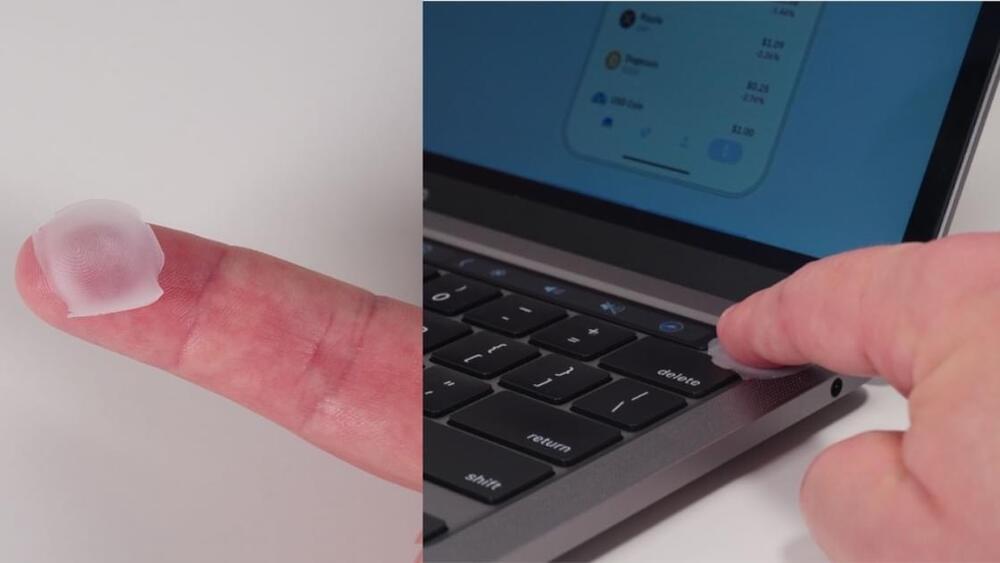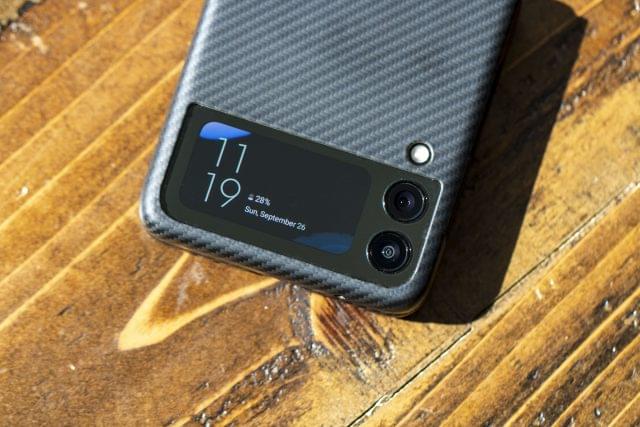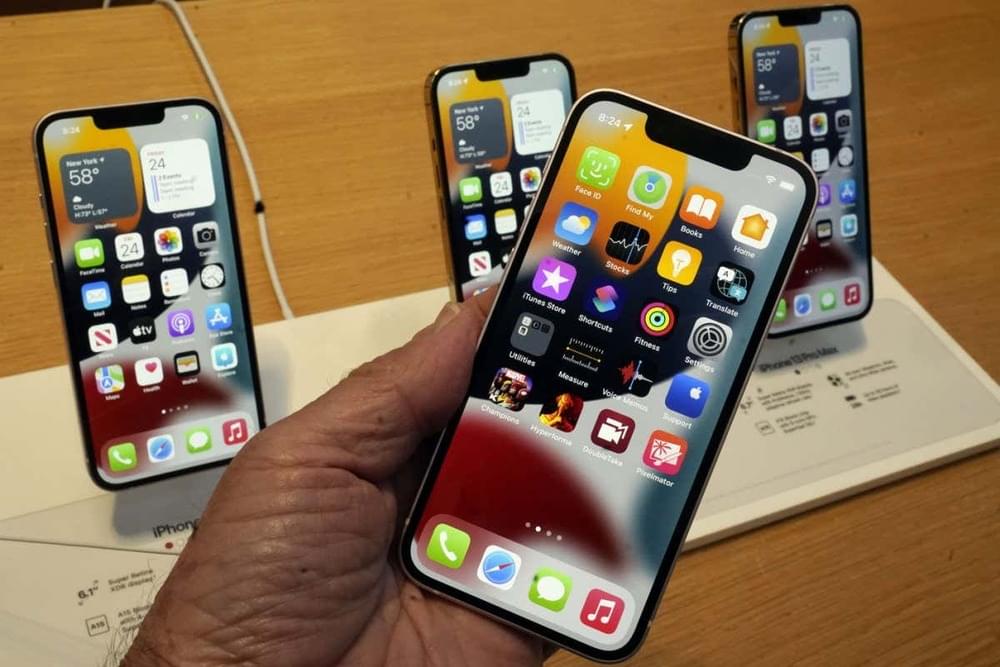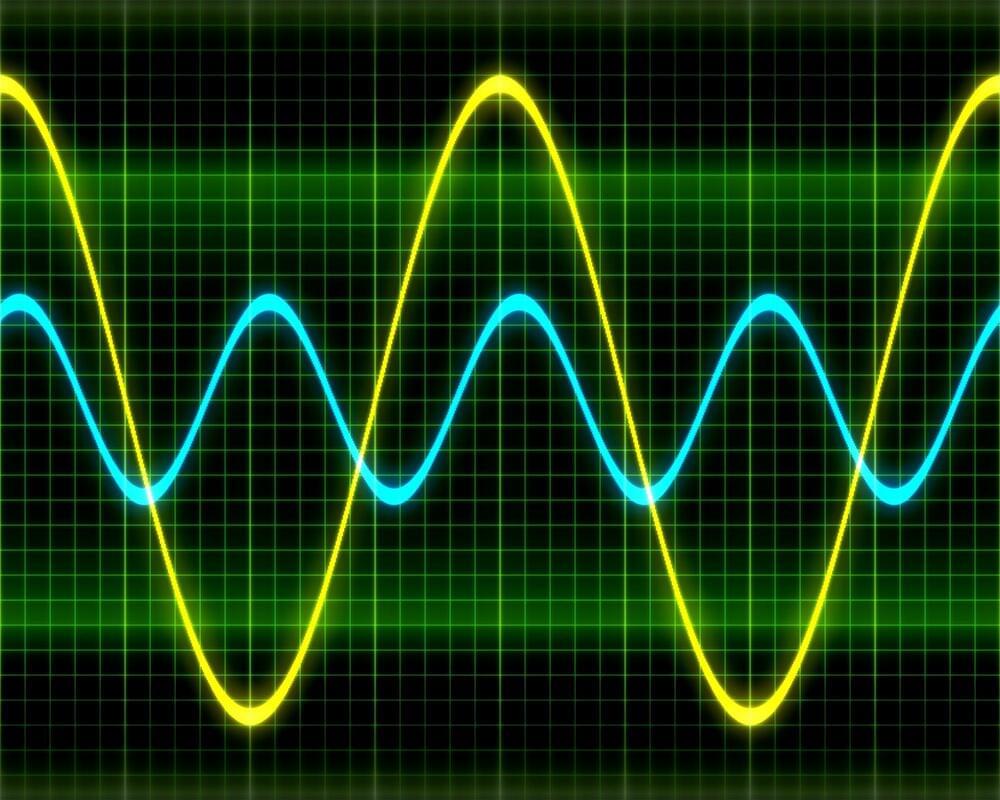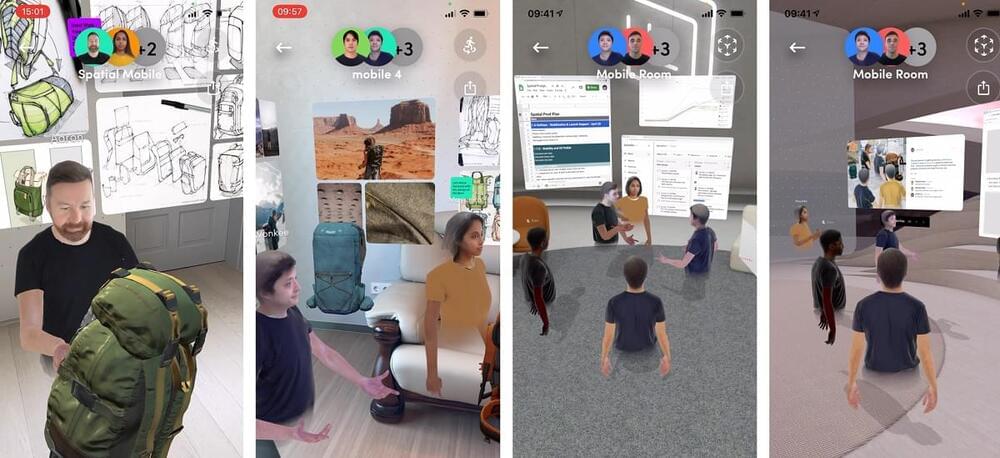People in movies are often quick to resort to sawing off someone’s hand to get past a fingerprint scanner. A report from the Kraken Security Labs Team shows that it would be much easier—and less gruesome—to recreate someone’s fingerprint using a little bit of off-the-shelf wood glue.
Kraken notes that biometric security has become increasingly common as smartphone, tablet, and laptop manufacturers have incorporated fingerprint scanners into their products. These scanners offer a convenient way to access those devices without entering a password.
The report says a fingerprint scanner can be “hacked” by using a picture of the target’s fingerprint, creating a negative in Photoshop, printing the resulting image, and then putting some wood glue on top of the imitated fingerprint so it can be used to trick many commercial scanners.
